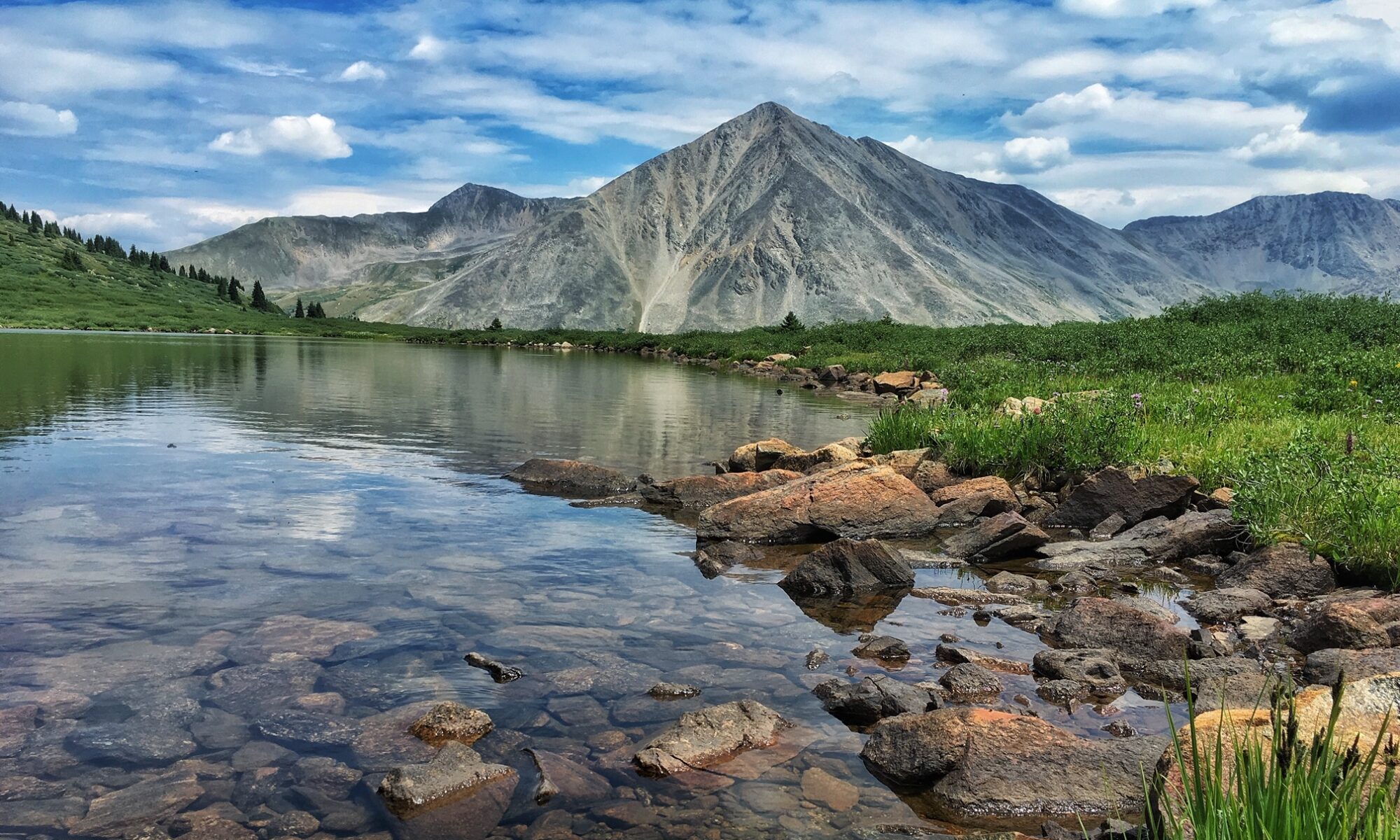All the gadgets dangling from a fly fisher’s vest or lanyard may bewilder someone new to the sport. The bulging vest pockets or compartments may seem mysterious as well. Do fly fishers really need all that stuff?
If you’re new to fly fishing, here are ten must-have items for your fly vest or lanyard or satchel. If you’re a veteran, perhaps the list will remind you why you clip on or carry these items:
1. Fly Box
Obviously. But it’s worth giving this some thought.
You want a sturdy, waterproof fly box to hold your flies for your fly vest. Go with one box if you can. Traveling lighter has its advantages. For a single box, I like something with double compartments—one for dry flies and one for wet flies (nymphs and streamers). As much as I like to travel light, though, I’ve succumbed to two boxes.
2. Nippers
This is one of those dangly items clipped to your fly vest or lanyard.
Ideally, it will be connected to a retractor so that you can pull the nippers away from your fly vest. So what do nippers do? Well, they “nip” the excess line from your knots or “nip” off a piece of tippet.
Nippers also have a pointed piece (think needle) which you can use to punch out the head cement from the eye of a hook or to help you untangle a knot.
3. Forceps
These are also known as hemostats (or hemos). You need a pair of these scissor-like devices so you can remove a hook from a fish’s mouth. Trust me, using forceps does a lot less damage to a fish’s mouth than reaching into it with your fingers. The corollary is that using forceps does a lot less damage to your fingers if you’re dealing with an 18-inch brown with sharp teeth!
You can pinch these to your vest or lanyard. But I still prefer to connect a pair of forceps to a retractor. Otherwise, you’ll accidentally drop them in the river or get them plucked off by the brush.
4. Spools of tippet
Some fly fishers have five or six spools of tippet hanging outside their fly vest or (like me) tucked away in a pocket. Tippet is the material you tie on the end of your leader so that it corresponds properly to the size of your fly.
The more I fly fish, the fewer tippet sizes I use. I go with 6x (lighter) for tiny flies like size #18 or #20. I’ve even used 5x successfully on these sizes. Then, 3x or 4x (heavier) for larger flies—particularly large stonefly nymphs and streamers. Thus, I’m carrying four spools at the most.
5. Leaders
A few fly fishers I know go through leaders like chewing gum. Others claim to use the same leader for an entire season, tying new pieces of tippet on it as needed. Whatever your preference, it’s always good to carry a few spare leaders. You never know when a vicious tangle or wind knot will make a new leader make sense.
Plus, if you’re fairly new to fly fishing and a bit slow at tying on tippet, you can always put on a new leader if you need to go from 4x to 6x tippet in a hurry—especially in low light at the end of the day!
6. Strike indicators
These are imperative for fishing nymphs unless you’re one of the few who goes by feel. I do not. I need to see the little plastic bobber (sorry, that’s what it is) “bob” or disappear to know that I have a strike.
You’ll find different varieties of strike indicators — including the little plastic ones I just described. Have someone at a fly shop show you how to attach and remove them quickly.
7. Weight
Unless you use weighted flies exclusively, you’ll want some small split shot to add to your nymphs and streamers. Even when I use beadhead flies or even streamer patterns I’ve weighted with wire as I’ve tied them, I still occasionally add a small split shot or two.
Please use environmentally-friendly split shot (no lead). In some watersheds, they are required.
8. First Aid Supplies
You can buy a first aid kit, although I prefer to assemble my own (to save space). At the very least, carry a few band aids, first aid cream (such as Neosporin), and some pain reliever. Mosquito repellant is a good idea, too.
9. Dry Fly Floatant and Drying Powder
You need to keep those dry flies as dry as possible!
While a couple of false casts can help, it’s important to put some kind of floatant on them before you fish. You’ll also want a small bottle of powder or crystals into which you can insert your dry fly after it has gotten water-logged (yes, the floatant only works for a while).
The options for these products are legion. Go to a fly shop to see what’s available.
10. Headlamp
I’ve recently started putting a small headlamp in my vest. It works must better than a flashlight because it’s “hands free.” It’s a safety device, but it also helps in tying on a size #18 parachute Adam in the dusk when you come across a run with rising trout.
There are other gadgets. You’ll want to carry water, and you may pack a lunch. But go as light as possible. If you have the items above, you’ll have everything you need for a good day on the river.






